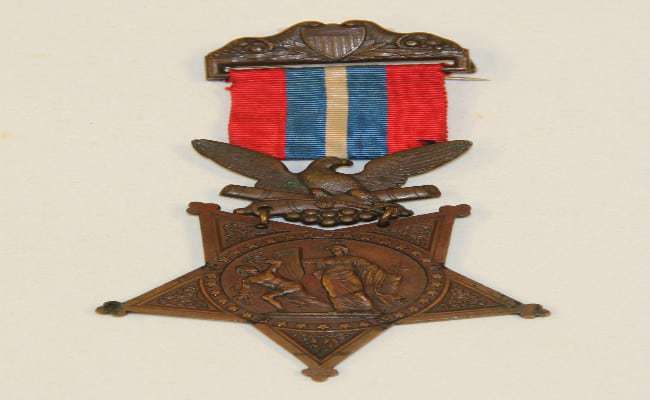After serving almost 40 years of his life in military service to his country, Louis Carpenter deserves recognition. He was a United States Army brigadier general, and he received a Medal of Honor for his skilled and courageous actions in the American Indian Wars.
Born into a Family of American Service Members
Carpenter came from patriotic stock, as he was a direct descendant of the notable immigrant Samuel Carpenter, who traveled from Barbados to America in 1683 to become Deputy Governor of Colonial Pennsylvania. Beyond that, he was the eldest son of eight children in Glassboro, New Jersey. In 1843, his family moved to Philadelphia and regularly attended Trinity Episcopal Church. Carpenter himself received his education at A. B. Central High School, before moving on to Student University of Pennsylvania in 1859.
His younger brother, James Edward Carpenter, would also serve in the Union Army. He started as a private in the Eighth Pennsylvania Cavalry and went on to be commissioned as a Second Lieutenant. He later became a First Lieutenant, Captain then a Brevet Major of Volunteers. It appears loyalty to one’s country ran in the blood of the Carpenter family as a whole, through generations.
The Call to Enter the Military Upends His Education
During his junior year at Dickinson College in 1861, Carpenter dropped out of school and joined the “The Fighting Sixth” Cavalry Regiment, becoming a private in the Union Army, which would later be renamed the Army of the Potomac. Trained as an infantry soldier during the American Civil War, Carpenter was soon capable of riding a horse to the battlefield and acting as a mounted scout.

As a “horse soldier,” he and others like him had a steep learning curve, which frustrated Carpenter to no end during the first year of the conflict. He decided to participate in the Peninsula Campaign, chasing Jeb Stuart’s Cavalry and completely going around the Union Army, causing great psychological concerns to the Union cavalry commanders and men.
Unfortunately, the “horse soldiers” were only a mere second best compared to the dashing Confederate cavalry soldiers. It took some experience and practice, but slowly Carpenter and the others became cavalry troopers under new guided leadership and tactical training. By the end of the Seven Days Battles, Carpenter had demonstrated his abilities enough to be promoted to Second Lieutenant in the regular Army.
During the Battle of Brandy Station in 1863, Carpenter and his men learned they were just as capable as their Southern counterparts, the Confederates, led by Major General J.E.B. Stuart. And when Carpenter found himself and his unit involved in the Battle of Fairfield, he stood against two of the crack brigades of Stuart’s cavalry. The 6th Cavalry’s stand was considered one of the most stalwarts in its history, helping to influence the outcome of the battles being fought around Gettysburg.

While the 6th Cavalry regiment was divided into smaller groups, it fought so well that its squadrons were considered just as debilitating as an advance of a large body of troops. The senior officer of those brigades was later criticized severely for being delayed by such an inferior force, for had the 6th Cavalry regiment not made their stand, the two brigades of Virginians could have caused serious problems to the Union rear areas. Lieutenant Carpenter, of Troop H, was one of the three officers of the 6th U.S. Cavalry to escape from the deadly Fairfield battle.

